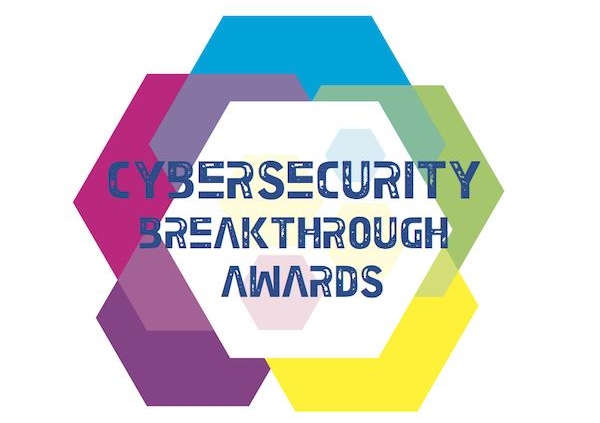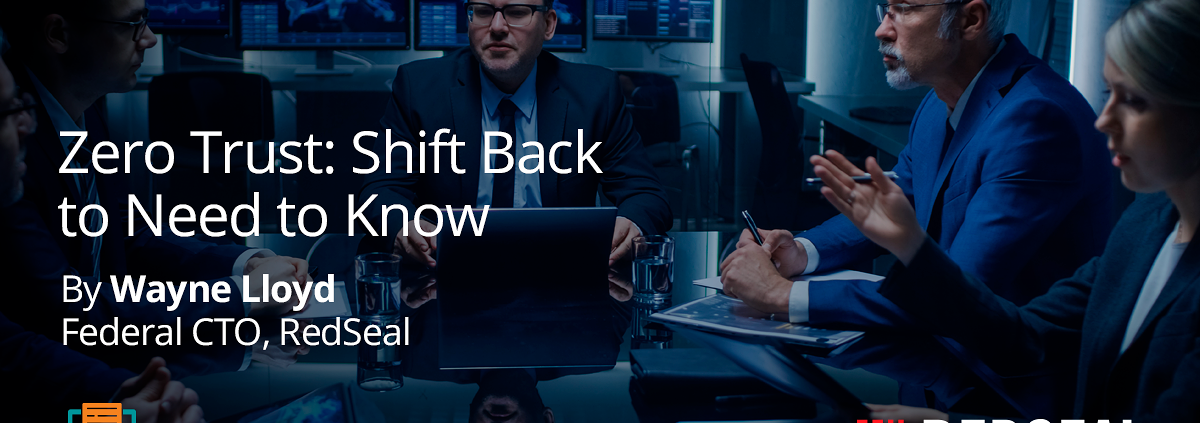RedSeal Named “Zero Trust Network Access Solution of the Year” in 2024 CyberSecurity Breakthrough Awards Program
Prestigious Annual Awards Program Recognizes Outstanding Information Security Products and Companies Around the World
LOS ANGELES, Oct. 10, 2024 (GLOBE NEWSWIRE) — CyberSecurity Breakthrough, a leading independent market intelligence organization that recognizes the top companies, technologies and products in the global information security market, today announced that RedSeal, a pioneer in network exposure management, has been selected as winner of the “Zero Trust Network Access Solution of the Year” award in the 8th annual CyberSecurity Breakthrough Awards program.
RedSeal’s breakthrough network exposure management platform identifies assets in a hybrid network that are vulnerable to risks and delivers contextual information to mitigate those risks. RedSeal identifies how adversaries can access a network and also uniquely shows lateral movement and risks within that network.
RedSeal addresses network complexity due to the advent of distributed, hybrid, and cloud environments by enabling network micro-segmentation to limit the blast radius of attacks, and fencing in threat actors to prevent them from reaching high-value data and assets. RedSeal manages segmentation at the application layer in hybrid environments, ensuring continuous compliance with configuration settings as required by federal guidelines.
RedSeal also consolidates all necessary information into a single platform, providing a holistic view of attack surfaces and a common language across platforms – enabling teams to quickly identify exposed apps and investigate misconfigurations all while bridging skills gaps.
RedSeal’s continuous monitoring ensures zero trust segmentation policies remain effective, alerting organizations to any policy slips and enabling immediate corrective action without consulting siloed teams. Aligned with the guidelines from NIST and the OMB, RedSeal enables a solid foundation for all organizations.
“Through our years of partnerships with federal agencies and F100 companies, we have worked diligently to enhance cybersecurity and have played a role in evolving Zero Trust guidelines and requirements. A zero trust approach demands continuous identification of who and what can access sensitive IT assets. We excel in creating a dynamic network model to support this need,” said Greg Enriquez, CEO of RedSeal. “This award from CyberSecurity Breakthrough reinforces our commitment to delivering best-in-class cybersecurity solutions. We’ll continue to deliver these types of solutions to ensure our clients stay ahead of cyber adversaries and thwart potential attacks.”
The mission of the CyberSecurity Breakthrough Awards is to honor excellence and recognize the innovation, hard work and success in a range of information security categories, including Cloud Security, Threat Intelligence, Risk Management, Fraud Prevention, Mobile Security, Application Security, Identity Management and many more. This year’s program attracted thousands of nominations from over 20 different countries throughout the world.
“RedSeal is unique in its ability to provide a single source of truth amid increasing hybrid network complexity, persistent skills challenges, and evolving threats. As bad actors use sophisticated methods, zero trust focuses on securing data. Today’s cyber threats are relentless, making it imperative for enterprises to have a comprehensive understanding of all attack paths,” said Steve Johansson, managing director, CyberSecurity Breakthrough. “RedSeal helps organizations confidently implement a zero trust framework by delivering comprehensive visibility, control, and continuous compliance across hybrid environments. It’s our pleasure to award RedSeal with ‘Zero Trust Network Access Solution of the Year.’”
About CyberSecurity Breakthrough
Part of Tech Breakthrough, a leading market intelligence and recognition platform for global technology innovation and leadership, the CyberSecurity Breakthrough Awards program is devoted to honoring excellence in information security and cybersecurity technology companies, products and people. The CyberSecurity Breakthrough Awards provide a platform for public recognition around the achievements of breakthrough information security companies and products in categories including Cloud Security, Threat Detection, Risk Management, Fraud Prevention, Mobile Security, Web and Email Security, UTM, Firewall and more. For more information visit CyberSecurityBreakthrough.com.
Tech Breakthrough LLC does not endorse any vendor, product or service depicted in our recognition programs, and does not advise technology users to select only those vendors with award designations. Tech Breakthrough LLC recognition consists of the opinions of the Tech Breakthrough LLC organization and should not be construed as statements of fact. Tech Breakthrough LLC disclaims all warranties, expressed or implied, with respect to this recognition program, including any warranties of merchantability or fitness for a particular purpose.
About RedSeal
RedSeal, a pioneer in cybersecurity and network exposure management, delivers proactive, actionable insights to close defensive gaps across hybrid environments. RedSeal continually discovers all resources, connections, and exposures, creating a single, comprehensive model—a network digital twin. This enables unparalleled analysis and simplified protection of the entire cyber terrain. Trusted by hundreds of Fortune 1000 companies and more than 75 government agencies, including five branches of the U.S. military, RedSeal improves operational efficiency, boosts staff productivity, and reduces business risk. Visit www.redseal.net to learn more.


